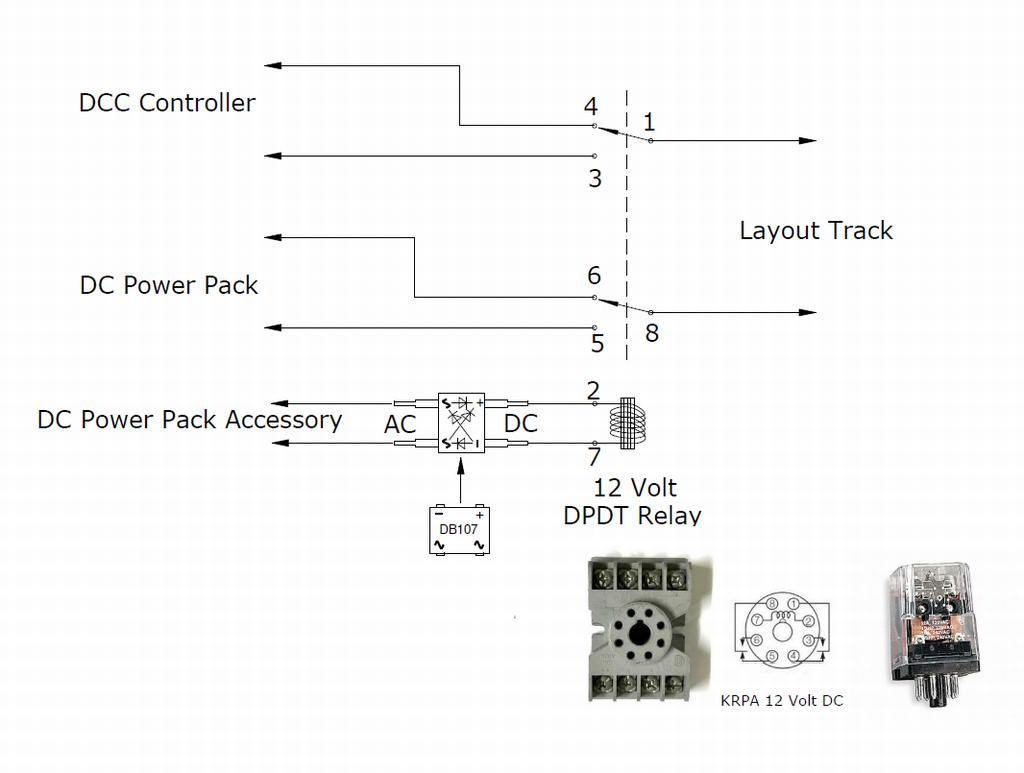So, wire your lay out so you can run one or the other, but DON"T try mixing them.
As I mentioned in my post, I can go DC, or DCC. When I built the lay out, I wired it using a buss, and feeders, and divided into “blocks”, like you would for DC cab control, only I gapped both rails. I didn’t use common rail method, as many DC cab control lay outs do.
When I want to run DC, I unplug the DCC system I use, flip toggle switches, and plug in the DC throttle.
I was/am the same as you, all my decent locos were DC. Now it’s been a few years, I have aquired some DCC locos, and slowly installed decoders in the best running DC locos I have.
I pretty much just run in DCC now. It’s been a couple of years since I ran the lay out on DC, but I have the option to do so, when I wish.
And you CAN run DC locos on a DCC system, on my Digitrax, I set the address of the DC loco to “00”. I’m not sure about other systems, there was a thread recently about this.
With my lay out on DCC, I found out I can run a DC loco, on address “00”, and also run a DCC loco with it’s own address, and have seperate control of both locos.
If you try mixing, running both DC and DCC at the same time, your asking for trouble, expensive trouble.
Mike.


